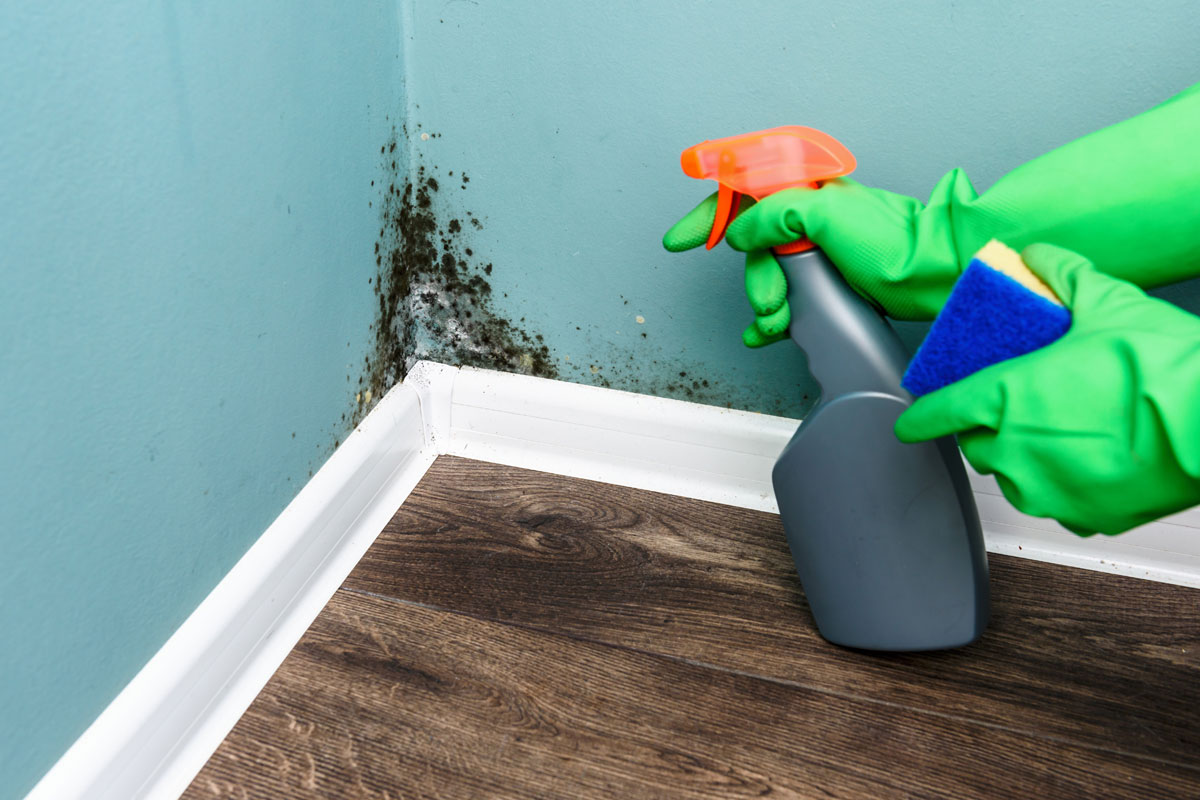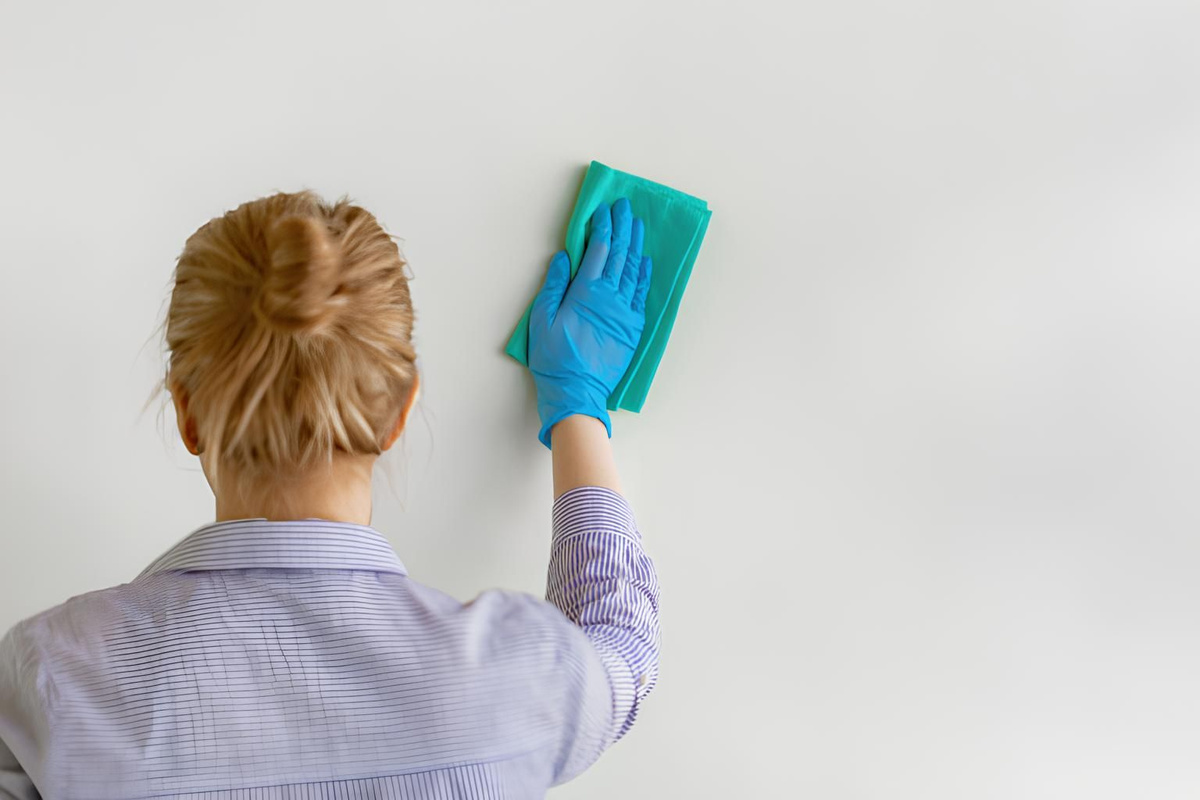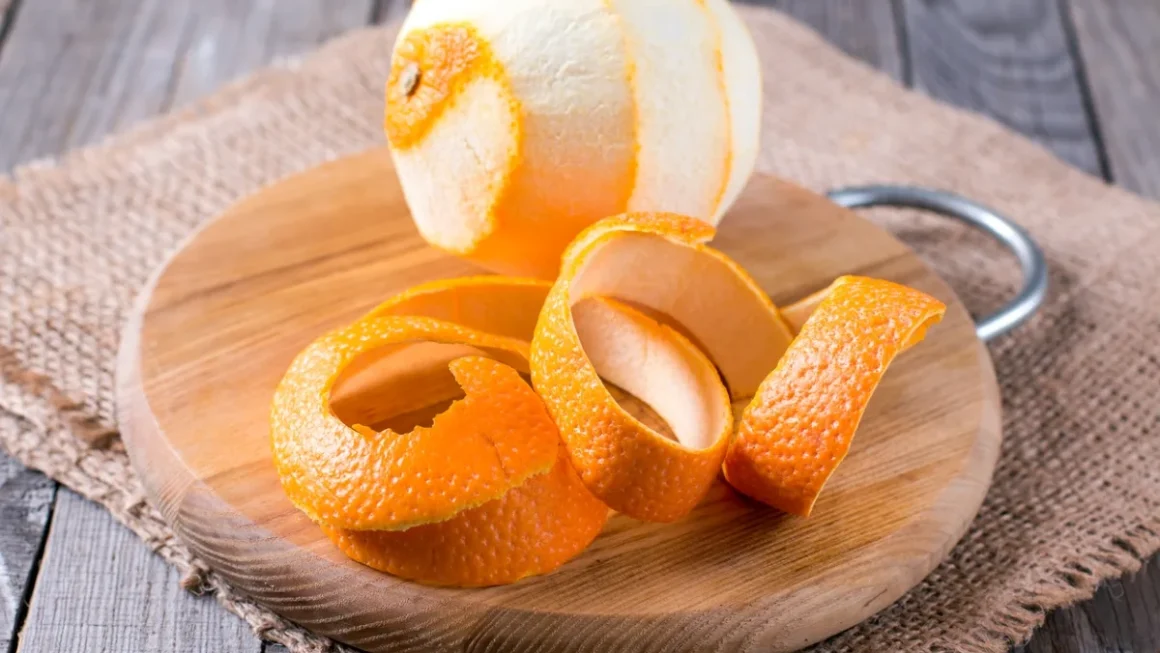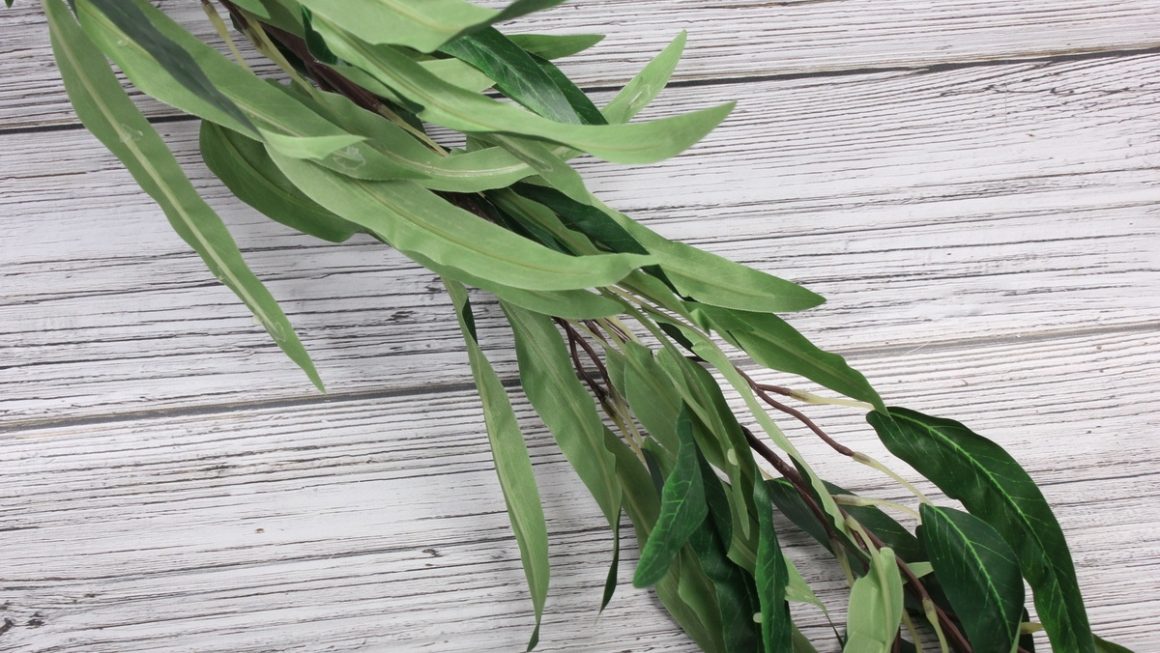The presence of damp is one of the most common problems in Spanish homes. It usually starts with a small, imperceptible stain which, if not treated in time, can spread and cause structural damage.
Faced with this situation, there are various methods for removing damp from walls, ranging from professional treatments to home remedies.
However, not all cleaning products offer the same results or are equally safe. For example, bleach and ammonia may seem like effective options, but expert painters recommend avoiding their constant use and opting for a more natural home remedy that cleans and disinfects without damaging the paint or compromising health.
What is the trick painters use to remove damp from walls?
The most commonly cited method among painting professionals is to use white vinegar combined with baking soda. This mixture, known in household cleaning for its disinfecting properties, is also effective in removing moisture from walls without using hazardous chemicals.
Here’s how to do it step by step:
- Prepare the mixture: combine equal parts white vinegar and water in a spray bottle. For deep stains, pure vinegar can be used.
- Apply to the affected area: spray directly onto mould or damp stains.
- Leave to act: wait about 30 minutes for the vinegar to penetrate and deactivate the mould spores.
- Scrub: use a soft bristle brush or sponge to remove the mould.
- Clean and dry: wipe with a damp cloth, remove any residue and ventilate the room well.
Thanks to its natural acidity, vinegar acts as an antifungal and disinfectant, while bicarbonate of soda helps to remove stains and neutralises unpleasant odours. This combination not only cleans the surface, but also leaves the environment drier and free of spores.
Natural alternatives for keeping walls dry
Bicarbonate of soda can also be used on its own to absorb moisture from the environment. Placing a container of this powder near an affected wall helps reduce excess water in the air and prevent new stains.
Other complementary solutions include:
- Ventilate rooms daily, especially after showering or cooking.
- Avoid drying clothes indoors, as the steam condenses on the walls.
- Use dehumidifiers in rooms with poor air circulation.
- Check pipes and joints for possible leaks.
These small habits help to keep humidity levels under control, preventing mould from forming again.

Humidity, a common problem in Spanish homes
Excess indoor humidity can be caused by a variety of factors: leaks, condensation, pipe leaks or poor ventilation. Any of these can cause dark stains and unpleasant odours, as well as creating an environment conducive to the proliferation of fungi and bacteria.
According to home maintenance specialists, removing damp from walls involves not only eliminating visible stains, but also treating the root cause to prevent them from reappearing. In many cases, mould will reappear if the wall remains damp or poorly ventilated.
For this reason, domestic painting experts insist that the first step is to identify the type of damp:
- Condensation, common in kitchens and bathrooms.
- Due to filtration, when water penetrates from the outside.
- Due to capillarity, in walls in contact with the ground.
Once the source has been detected, the appropriate treatment can be applied. But when it comes to cleaning surface stains, painters rely on a simple trick that avoids the use of harsh products.
How to remove damp from walls for good
Once the affected area has been treated, the best strategy is to prevent the damp from reappearing. To do this, it is advisable to maintain good ventilation, periodically check the exterior walls and seal any cracks or fissures.
The use of anti-damp paints or waterproofing can also be useful in areas prone to condensation. In addition, experts recommend keeping furniture slightly away from walls to allow air to circulate.




